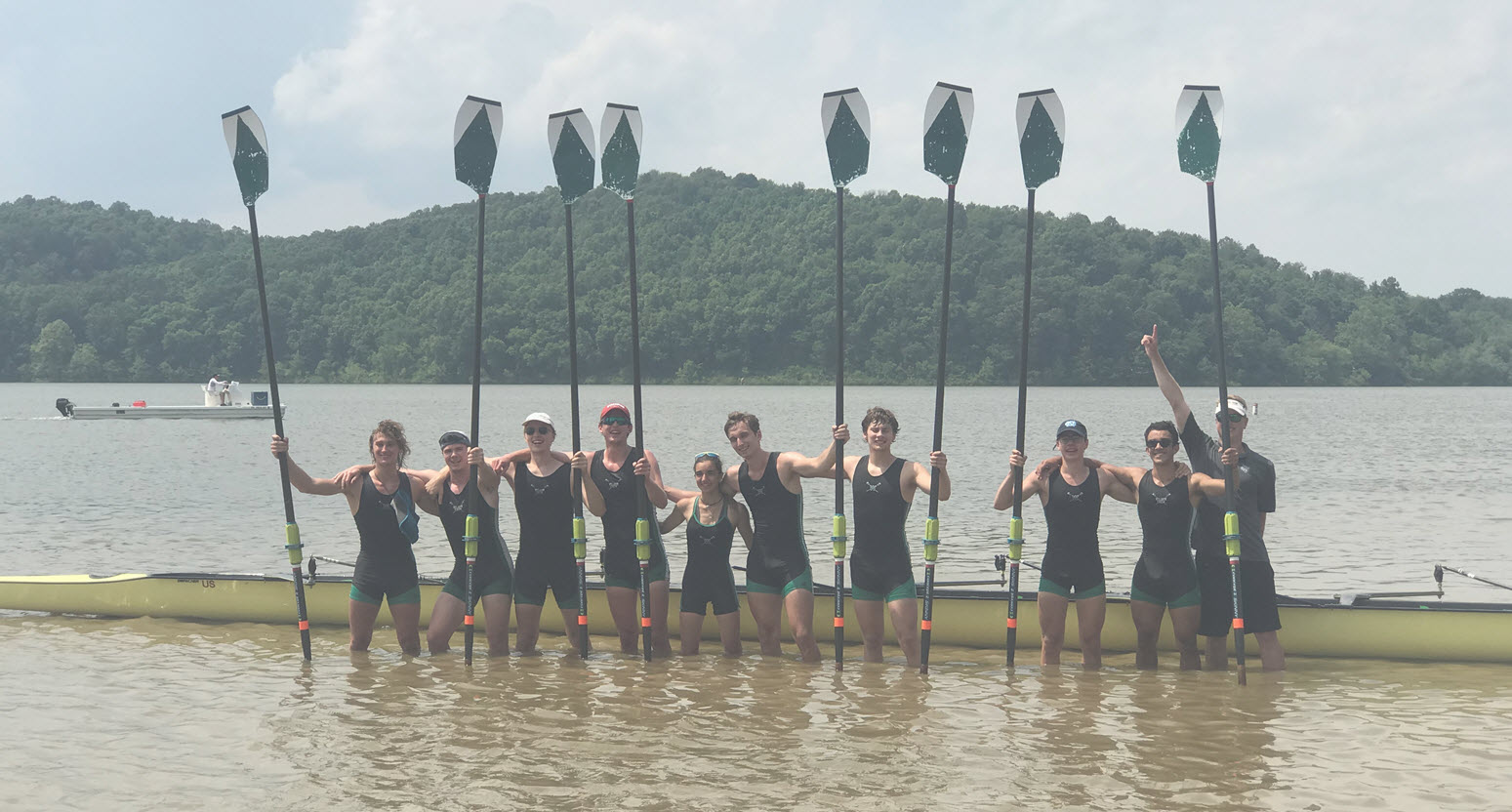At colleges and universities throughout the country, entrepreneurship is being encouraged by administrators and embraced by students and professors.
There are new, for credit, academic programs in innovation and new business ventures. Universities routinely offer prizes for the best ideas. Competition among startup ideas are held within and among campuses throughout the year.
What is TigerLaunch?
One of the recently promoted competition open to all students is TigerLaunch.
Here is the description from the website: “Sponsored by the Princeton Entrepreneurship Club, TigerLaunch is the nation’s largest student-run entrepreneurship competition dedicated to building a network of student founders at the university, regional and national levels. TigerLaunch combines networking, mentorship and funding opportunities to craft a distinct experience.”
The site lists the most recent winners and discusses financial and mentoring support available to attendees.
Where Are Credit Unions?
Three years ago, several enthusiastic freshmen entered George Washington University’s new venture competition with the idea of starting a credit union. Their mission statement: “to strengthen the GW community by helpings students and alumni bank cheaply, build credit, better manage their finances and develop valuable skill sets that they can bring to their careers.”
Their concept placed them in the top ten finalists (from several hundred submissions) gaining them a small cash prize and free office space. The university issued a letter of support
So where is this initiative today? This all-volunteer effort with undergraduates and advisors donating their time, ideas and energy?
The quick answer: it is in NCUA’s bureaucratic bog for new charters. The organizers recently shared the documentation with me for counsel. The first draft of their operating policies runs over 70 pages and includes bank secrecy, foreign assets control, disaster recovery, vendor management and additional statements more relevant to their immediate operations such as a loans and collection policy.
A second document is for asset/liability and liquidity management. It runs 10 pages.
The credit union has also developed five years of financial projections. In the initial years the balance sheet will be less than $500,000 total assets. Their products will be simple, and all transactions will be virtual. They have identified and selected their principal vendor relationships and even signed an agreement with a core provider.
They have $10K in the bank and want to raise a total $40K in initial capital. The goal is to operate at breakeven, relying entirely on student volunteers.
They have not been able to meet in person with NCUA. Their goal at this time is to be operational by next May to work through startup issues before classes resume in the fall.
The Agency has slowed the process to a crawl with paperwork requirements, so much that the original entrepreneurs are now seeking successors for this effort when they graduate.
The Dearth of New Charters
Few would question the need for credit union services in communities across America. But the passion and vision needed are drained of life by NCUA’s bureaucratic process that results in few if any new charters each year. Meanwhile 250 or more charters are closed via mergers or dissolution because of morale and/or leadership failings.
Without new generations of leaders inspired by the passion to serve and make a difference and using the latest technology, the credit union option will become a “mature” industry in slow decline. It will end up cannibalizing itself through self-interested mergers, and seek growth via bank and other acquisitions, not by deepening relationships and value for members and communities.
Which start up effort would you back? The students participating in their university’s innovation fairs, or those trying to bring cooperative financial services to the campus?
The answer could be a harbinger about the relevance of credit unions for today’s newest generation of financial customers. Chances are they won’t be called members, except by American Express.



